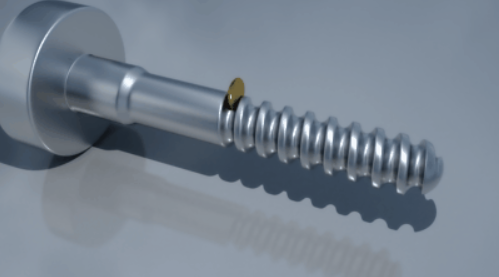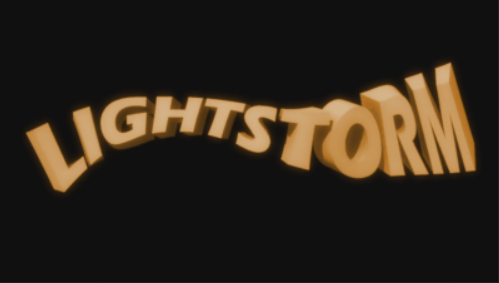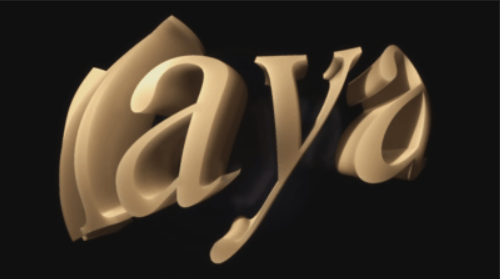The L3Deformer toolset is a collection of advanced deformation nodes and utilities for Maya. These deformers work pretty much the same as Maya’s internal deformation nodes. All deformers except the Collision Deformer can be applied to geometric objects such as polygon meshes, nurbs surfaces, nurbs curves, subdivision objects, lattices and particles. Multiple deformers can be combined to achieve more sophisticated deformation effects. All deformers make full use of threading where applicable.

Projected Collisions
The Collision Deformer allows you to collide polygon objects with other polygon geometry or a sphere primitive, using projected collisions (directional, concentrical and cylindrical). This method does not require a dynamics simulation. Thus the collision effect is computed interactively while moving objects in the scene which provides very precise control over the final deformation. Typical applications include indentations like e.g. footprints, shrink wrapping, contact animation, skin sliding (muscles, bones) and liquid surface simulation.

The deformer can also be used to sculpt the target geometry, using non elastic dynamics. This mode allows you to sculpt geometry interactively by transforming attached colliders. All collision deformations are maintained unless you go back to the specified start frame, where the geometry is reset to its original state. Using this method you can build kind of a stackable sculpt history by animating colliders with Maya's standard animation features.


Projection Onto Nurbs/Bezier Curve
The Curve Deformer can be used to project geometry from a user defined axis (cylinder) onto a nurbs or bezier curve. Typical applications include path animation, lightning effects, character animation, particle flows, text and logo effects, geometry shaping, motion graphics effects and many more.

The deformer supports an optional alignment curve that is used to compute normal and binormal vectors and thus controls rotation of deformed components about the position curve's tangent vector. The alignment curve can also be used to scale geometry individually along normal and binormal using the distance between points on the position and alignment curve.

Projection Onto Nurbs Surface
The Surface Deformer projects objects from a user defined plane onto a nurbs surface. Typical applications include text and logo animation, motion graphics effects, geometry shaping, procedural liquid surfaces, particle flows and many more.

When using the Surface Deformer as modelling tool you can combine the advantages of smooth, parametric nurbs surfaces and complex polygon meshes. This allows to model detailed shapes linearly layed out and and project them into final form using the Surface Deformer. Revolved objects like tires with complex tread pattern are a good example. It would be a lot more complicated to work in deformed space.

Sampling Shading Networks
The Texture Deformer displaces geometry using Maya’s shading node networks. RGB channels of the texture output are mapped to XYZ displacement vectors. When deforming polygon geometry displacement can be applied along the normal vector. Typical applications include geometry randomization, procedrual modeling, liquid surfaces and more. Using a noise texture like Maya’s volume noise you can turn the Texture Deformer into a noise deformer.

The Texture Deformer works with Maya’s 3D textures. 2D textures like image sequences or ramps can also be applied either by using projections or mesh UVs when deforming polygon geometry. Texture networks can contain other node types such as utility nodes, but you cannot use textures of 3rd party renderers like Mental Ray, Arnold or VRay. Any 3rd party texture nodes developed for Maya’s software renderer can be applied.